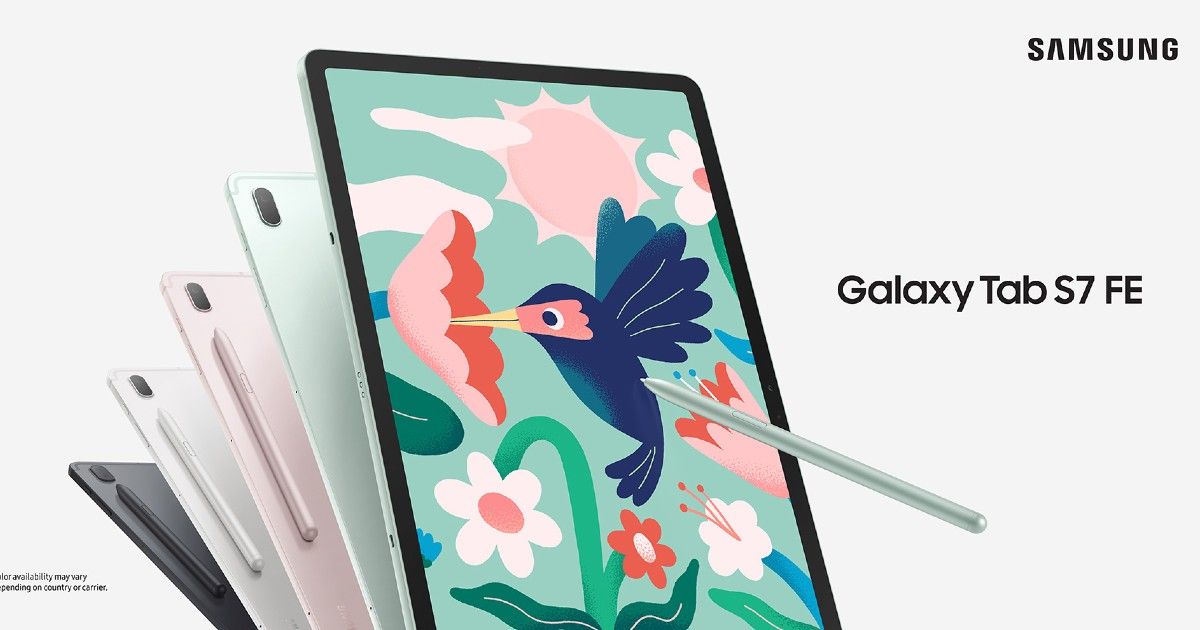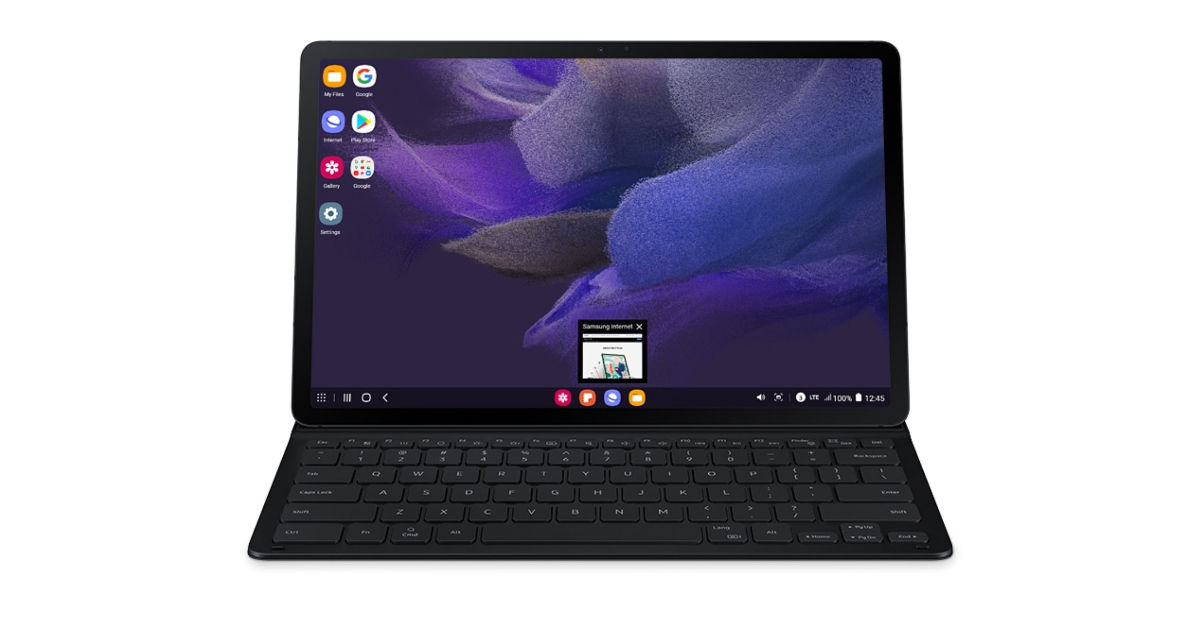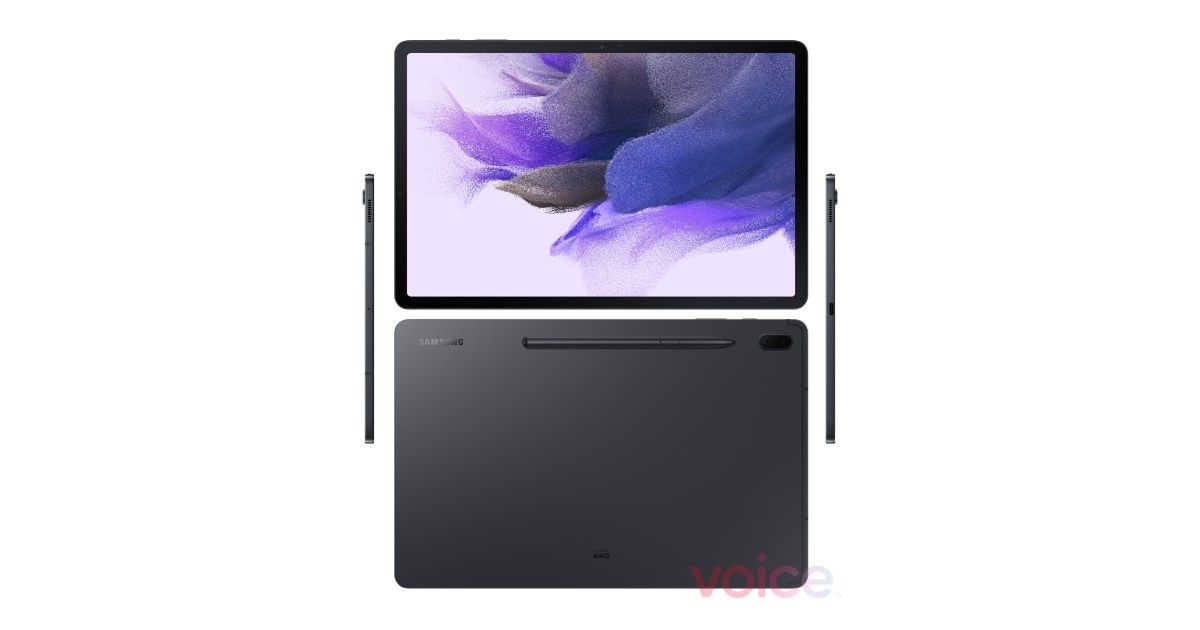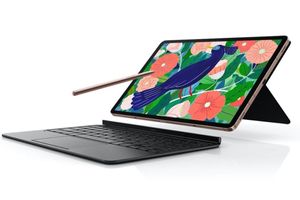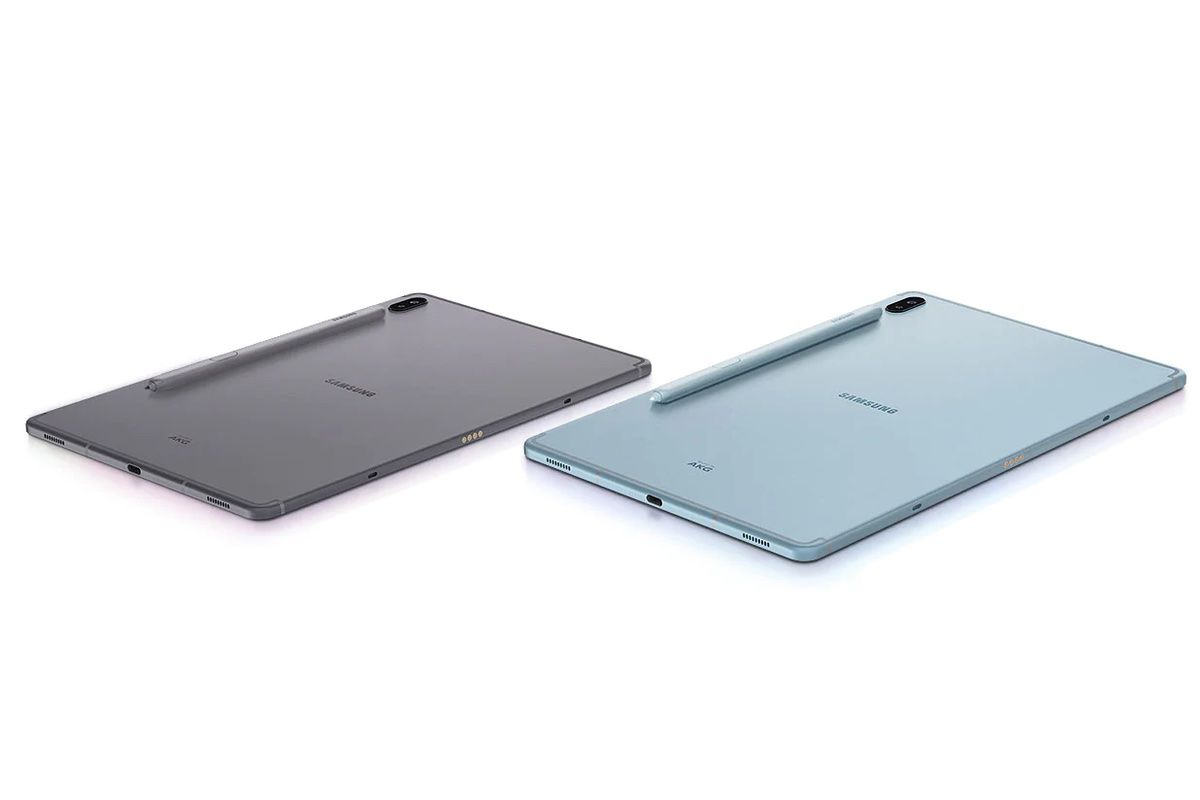
It’s been just a few hours since we talked about Samsung’s upcoming flagship-grade tablet, the Samsung Galaxy Tab S7+, after a reference to this device appeared on the Bluetooth SIG website. In that article, we discussed the possibility of Samsung launching the new S7 series tablets at the new ‘Unpacked’ event, which per a Pocket-lint report is scheduled for August 5. Now, we have come across the first-ever reference to the Samsung Galaxy Tab S7+’s smaller-screened sibling, the Galaxy Tab S7, in the form of a 3C certification. Note that this 3C certification is not for the device itself – but for its battery.
In the previous article, you might have read that the larger-screened Samsung Galaxy Tab S7+ will get a large 9,800 mAh battery. It was natural, therefore, to expect that the Galaxy Tab S7, which has a smaller display, will get a smaller battery as well. Per the 3C document (attached below), you can see that this battery has a rated capacity of 7760 mAh.

